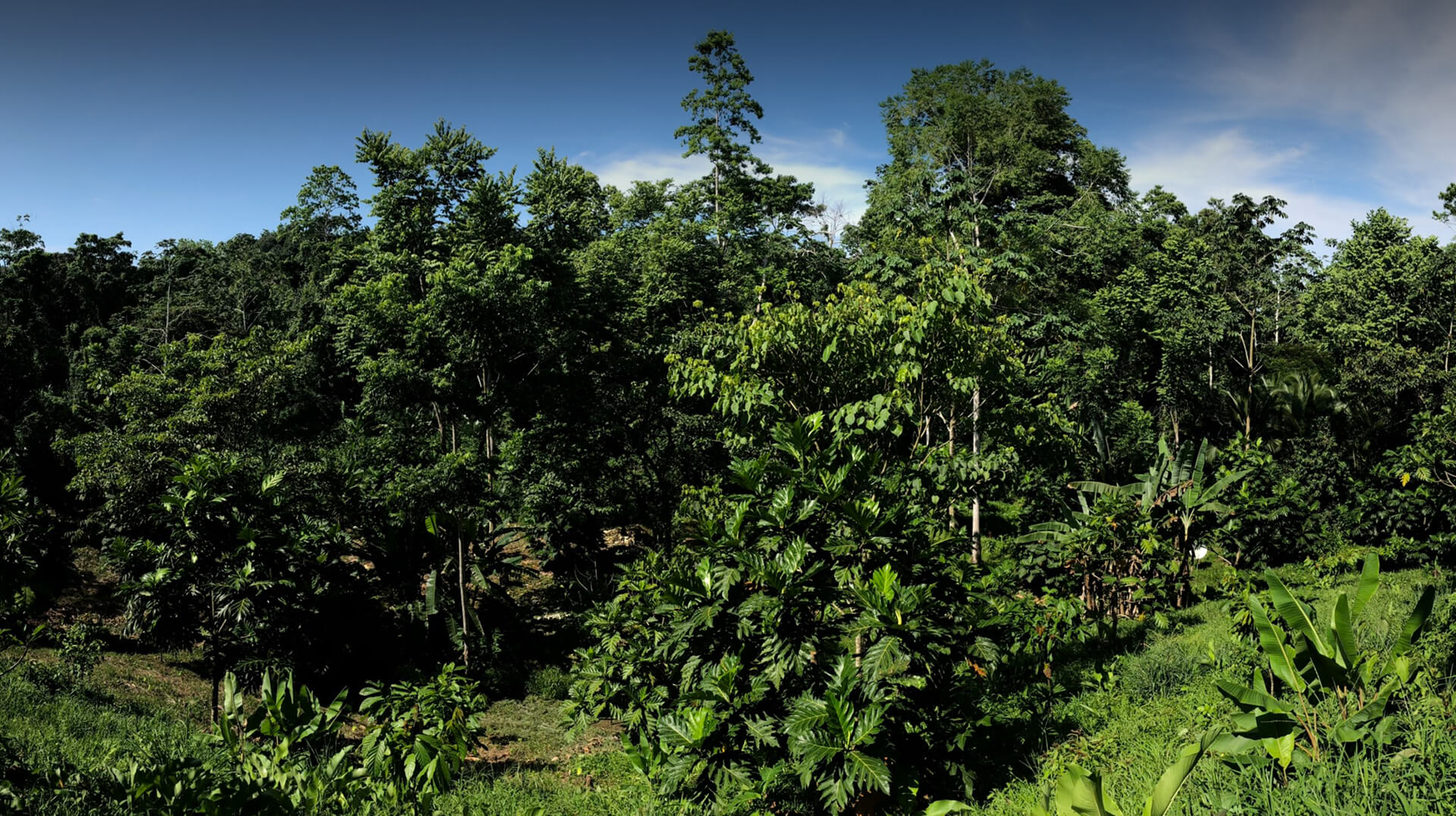
Yes, through our fiscal sponsors we are 501 (c)(3) Non-Profit.
Agroforestry is a resilient, efficient and sustainable method used by our ancestors to maximize the way we grow, share and consume a diverse variety of food in the same space. Applying agroforestry as a sustainable production system with community educational programs and strengthening the value-added commercial webs will support four of the global Sustainable Development Goals.
A Note on Agroforestry:
“Tropical Staple Trees” is ranked 14th out of eighty strategies identified in Paul Hawken’s book Drawdown: The Most Comprehensive Guide Ever Proposed to Reverse Global Warming. Agroforestry systems are extraordinarily productive because they are in essence vertical farming systems made up of layers of cultivated species. By growing a variety of species together, farms become more resilient to pests and diseases and better equipped to handle severe weather. By growing a rich diversity of crops and foodstuffs, smallholder families can diversify their incomes and improve the health and nutrition of their community.
Breadfruit is key part of traditional Pacific agroforestry systems, many of which were replaced by monocultures. The fast-growing, high yielding perennial trees bear fruit in just 3 to five years and continue producing for decades. Breadfruit also requires significantly less labor and inputs than crops like rice and wheat. Rebuilding tropical agroforestry systems is key to improving soil and watersheds, reducing CO2, offering climate change resilience to communities, and providing food and shelter to pollinators and seed dispersers.